To Force Plate
or
Not To Force Plate
4th January 2020
Seaton Humphreys
I constantly say that my girlfriend and I make for the perfect storm of a retailer’s dream; Jazz loves to buy things, and if I buy something, I automatically want the best. Not the most expensive, but the best. The joy of researching to buy something new is half the fun of the making the ultimate purchase. When deciding on what equipment to buy for the Athlete Origin facility, I set upon my usual ways; having been at Athletes Authority and being able to make significant contributions to the equipment has obviously given me a wide scope of exposure to training tools. However, when starting a junior dedicated facility, I had to reconsider what I needed at my disposal. Some were easy, some were plain to see why, some were definite, and some played with my emotional need to buy the best….The force plates are my pride and joy (ask anyone at Athletes Authority), they’re my baby, and a way to delve into force profiles unlike any other device, and with the Force Decks by Vald, the ease of use and speed at which the variables are calculated make for a undeniable useful tool; though after gathering data for over a year on them, I started to get a hunch about youth athletes testing strength measures on them.
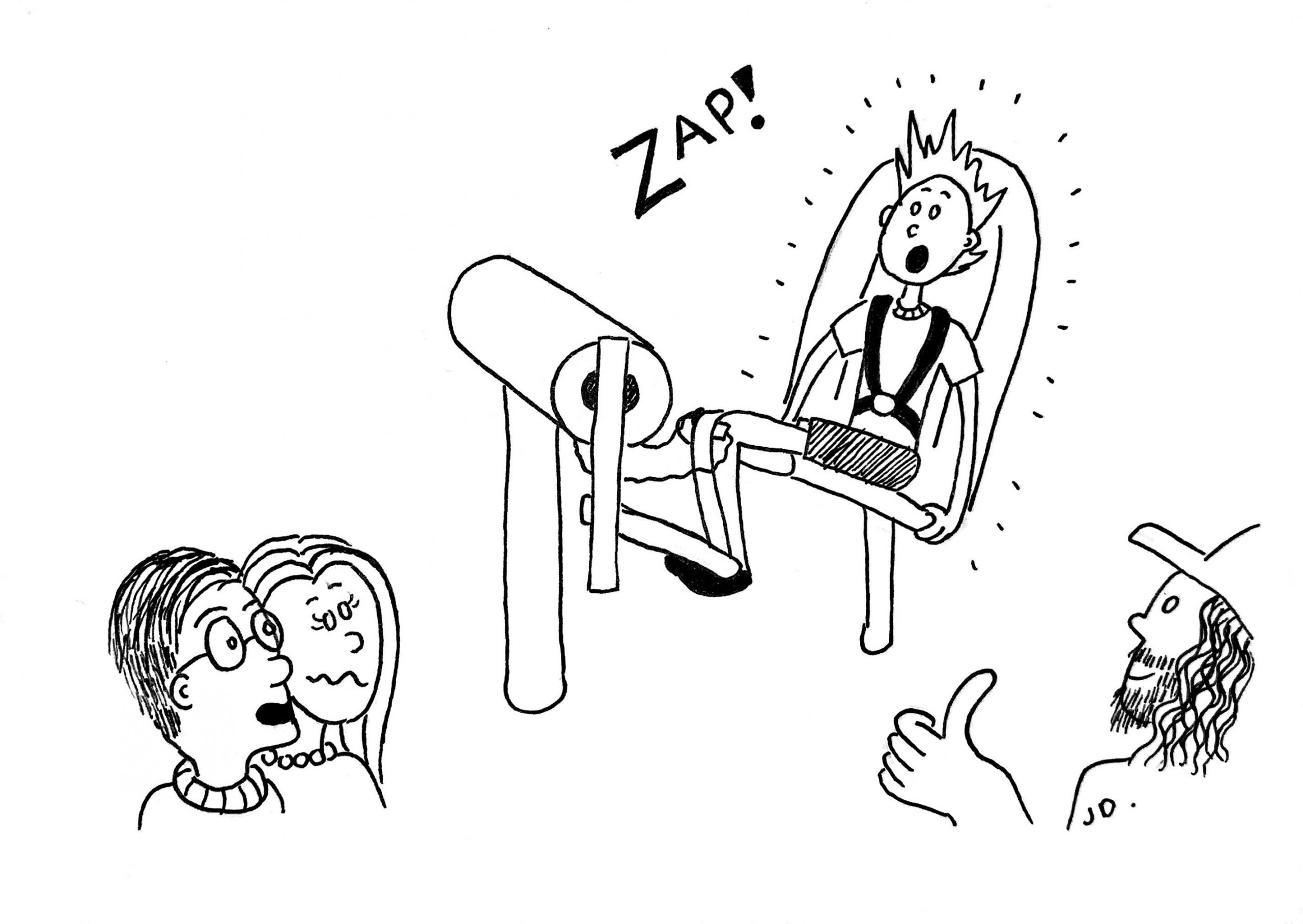
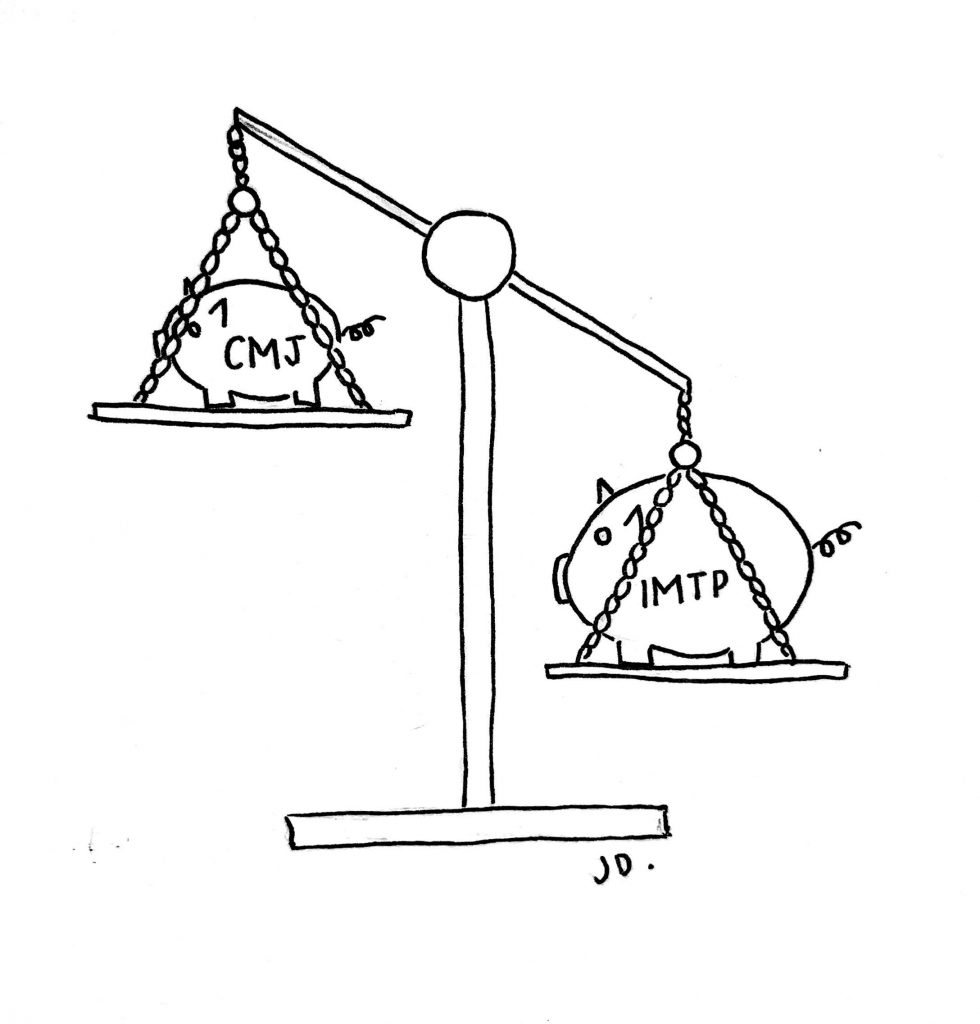
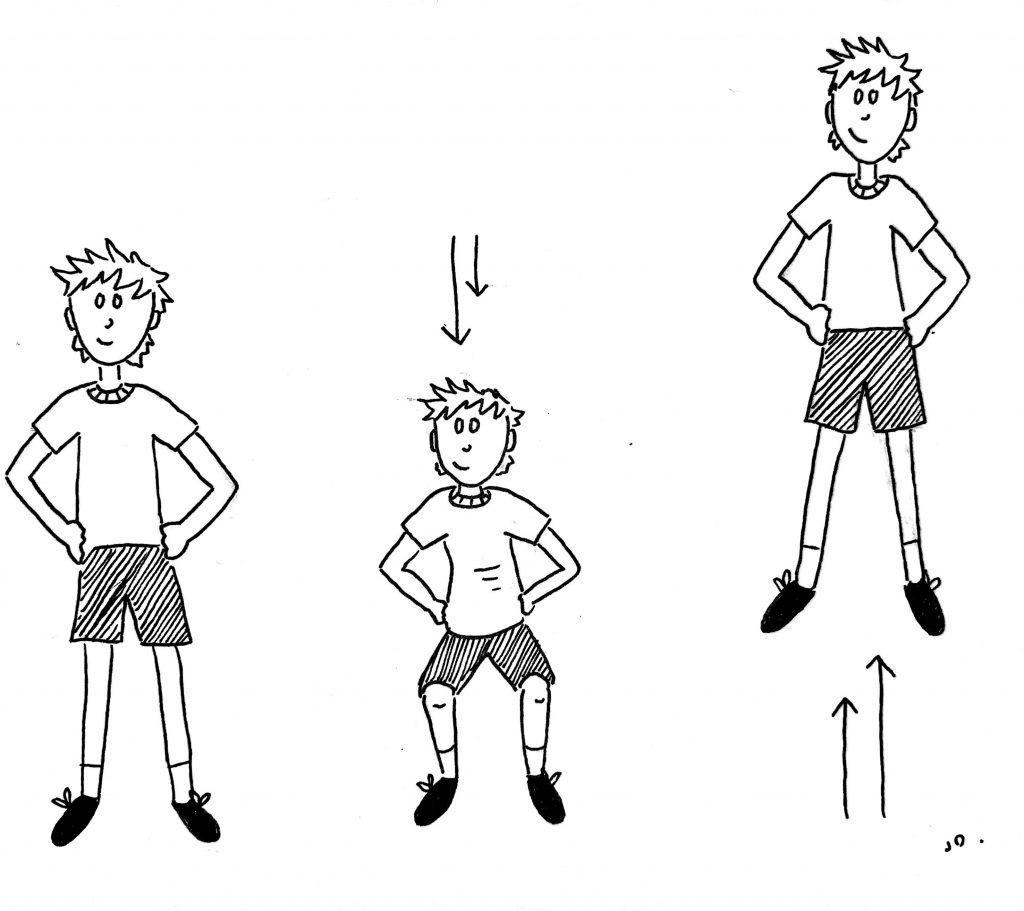
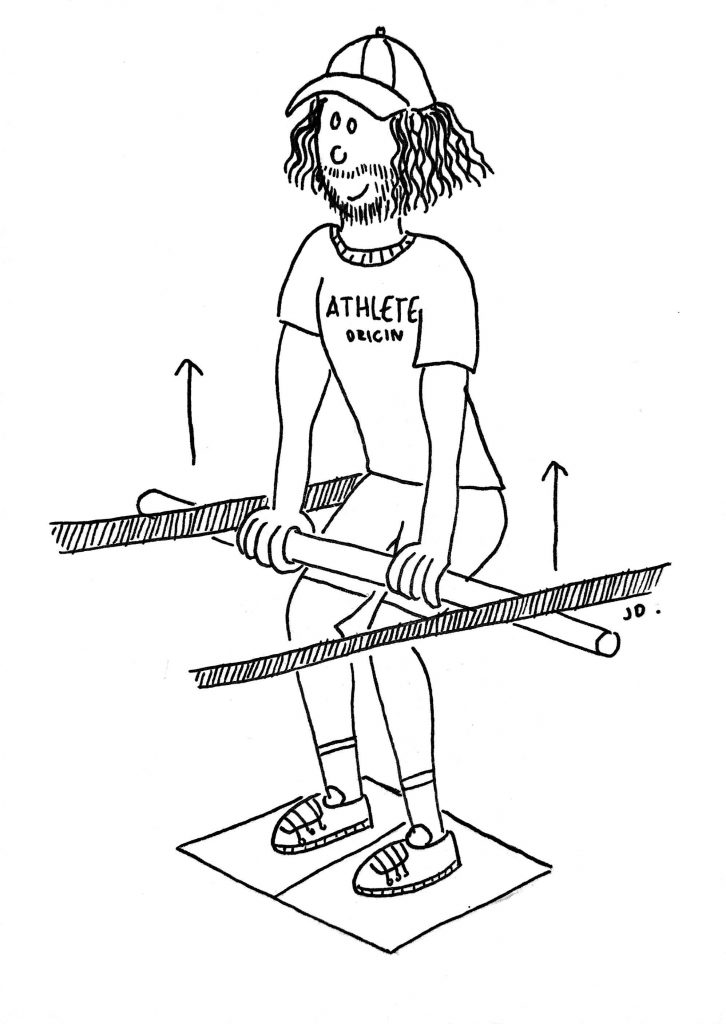
For adult athletes the IMTP was great, for youth athletes there were already a couple of red flags;
- It’s time consuming to teach
- If not taught correctly it could be dangerous (the last thing you want is a young athlete going home from testing and saying to their parents, the next day that their back is sore)
- Generally it’s not performed well anyway, people cheat and leverage alternate methods of pulling on the bar to get higher scores.
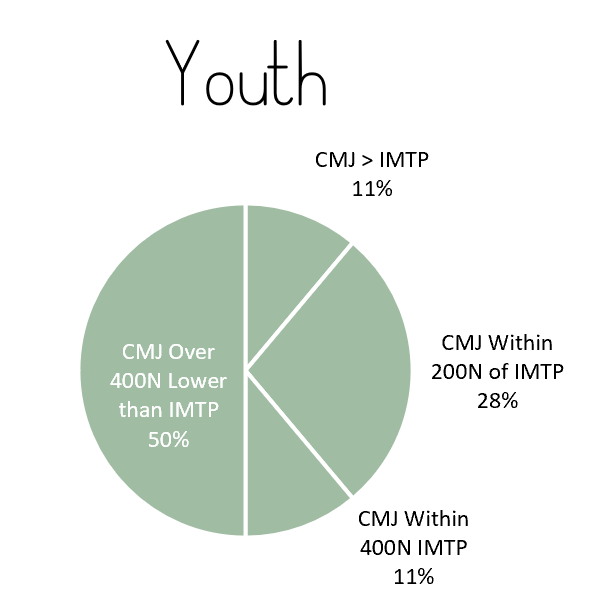
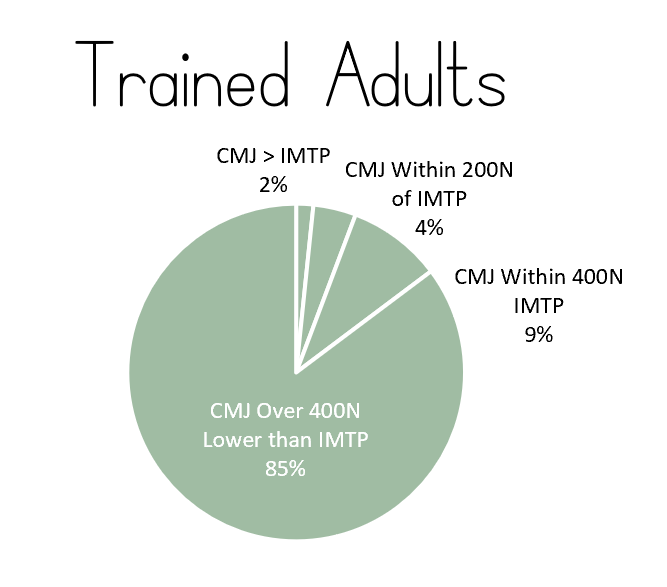
Pretty easy and obvious conclusion, more adults can pull a bar harder than youth. But then it got me thinking about all the interpolated twitch work we did whilst at Uni; how did the trained vs. un-trained adults compare?
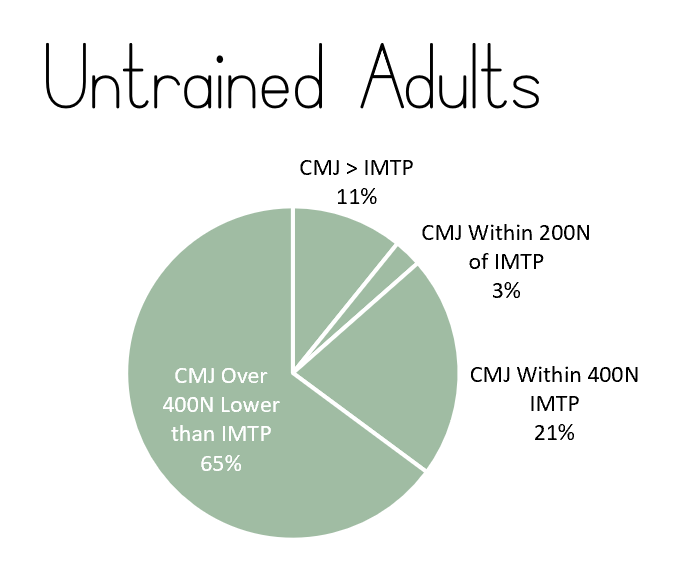
Again, un-trained adults were not capable of pulling a bar harder than their counterparts. Pretty obvious again, lastly, I wanted to look at the magnitude of difference between the IMTP and CMJ capabilities to answer, if the youth athletes IMTP is higher than their CMJ, how much larger? 200 Newtons? 400 Newtons? More than 400 Newtons? Once I delved into this, it showed the different characteristics of youth vs trained adults & un-trained adults.
Summary
Over the year of collecting strength data on Force Plates I started to see a trend in junior athletes not being able to produce an adequate amount of strength to justify the use of the testing techniques such as Dynamic strength index’s and Isometric mid-thigh pulls (IMTP) commonly used on adults. When I assessed the data, it showed that indeed Youth athletes (for the most part) are incapable of producing large enough forces to warrant using a Dynamic Strength Index marker. Furthermore, there was a difference between youth, untrained adults, and trained adults, which helped with the decision that the observations aren’t isolated to untrained (both youth and adult) and trained, but clearly between all 3 groups; Youth, Un-trained adults & trained adults. Consequently, I decided not to purchase force plates for the Athlete Origin facility.
References
De Witt, J. K., English, K. L., Crowell, J. B., Kalogera, K. L., Guilliams, M. E., Nieschwitz, B. E., … & Ploutz-Snyder, L. L. (2018). Isometric midthigh pull reliability and relationship to deadlift one repetition maximum. The Journal of Strength & Conditioning Research, 32(2), 528-533.
Marshall, P. W., Finn, H. T., & Siegler, J. C. (2015). The magnitude of peripheral muscle fatigue induced by high and low intensity single-joint exercise does not lead to central motor output reductions in resistance trained men. PloS one, 10(10), e0140108.
Thomas, C., Jones, P. A., & Comfort, P. (2015). Reliability of the dynamic strength index in college athletes. International journal of sports physiology and performance, 10(5), 542-545.
